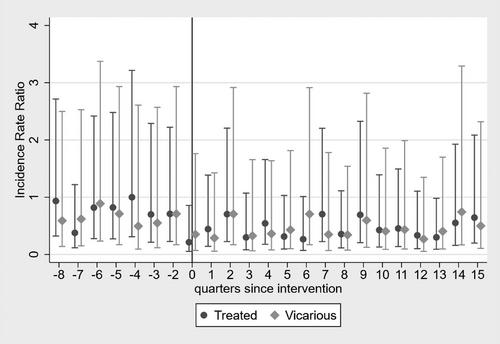The evaluation literature suggests that focused deterrence strategies are effective in reducing gun violence. However, focused deterrence is notoriously difficult to implement and sustain. The history of focused deterrence implementation failure raises questions about its viability as a gun violence prevention strategy. Stockton, California, implemented focused deterrence three times during the past 25 years. In its most recent version, Stockton officials explicitly designed the strategy to be a permanent feature of the city's violence prevention portfolio. Although program caseloads diminished over the course of the COVID-19 pandemic and the strategy faced leadership and resource challenges, Stockton's efforts prevented the program from being discontinued and, for those gang members who did receive treatment, delivered a robust gun violence prevention strategy. A quasi-experimental evaluation shows that treated gang members were less likely to be shot and reduced their violent offending relative to similar untreated gang members. The focused deterrence impacts also appear to spill over to gang members who were socially connected to treated gang members. Although Stockton experienced an increase in homicides over the course of the COVID-19 pandemic, the increase was not as steep as other comparable California cities.
Focused deterrence strategies can be effective responses to gun violence problems when implemented properly. A priori planning is essential when jurisdictions prepare to adopt focused deterrence. Strategic management actions, such as maintaining a robust network of partnering agencies, developing accountability structures and sustainability plans, and conducting upfront and ongoing problem analysis, are critical elements that must be in place for focused deterrence to be effective and sustainable.



